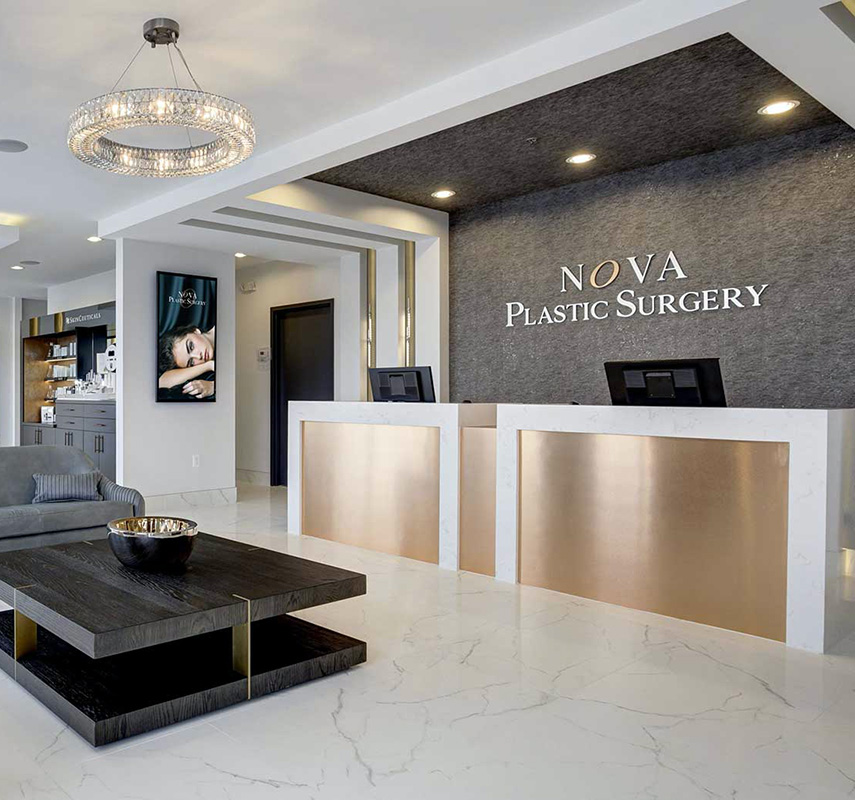
For many of our patients, breast augmentation is just one step in their journey toward looking and feeling their best and getting comfortable and confident in their skin. For this reason, one of the most common questions patients ask us is, “When can I begin exercising again?” Working out after breast augmentation is OK, but it’s important that you know your limits in order to prevent injury. What you can do and when depends on the kind of incision, the placement of the implant, and other factors, and the more informed you are, the more you can reduce the risk of complications and improve your overall outcome or results. We hope this detailed information helps you return to exercise cautiously and safely following your breast augmentation surgery.
Returning to Your Routine: A Timeline
The day of your surgery—and for 24-48 hours afterward—you should avoid exercise. You might feel sleepy, groggy, or uncomfortable as you recover from the procedure, increasing your risk of an accident or injury. However, it’s important that you start performing gentle arm circles or lifting your arms above your head.
Beginning 1-2 days after surgery, you can increase physical activity gently, focusing primarily on your lower body and avoiding exercises that require upper body exertion. Exercises that are safe and effective in the first 2-3 weeks after your surgery include:
- Walking
- Bicycling or stationary bicycling
- Squats
- Elliptical (lower body only)
- Restorative yoga
About three weeks after surgery, you can resume running, Zumba, and other activities that don’t require lifting or engage your chest muscles.
Four to six weeks after your implants are placed, you can exercise without restrictions for over-the-muscle implants and with minimal restrictions for under-the-muscle implants. Those with over-the-muscle implants can incorporate yoga, pushups, planks, swimming, and weights into their exercise routine. Those with under-the-muscle implants must be more cautious. Our patients can generally return to normal workout activity between 6 – 8 weeks, including weight lifting and chest exercises. In order for your implants to look and feel natural, your chest muscles must relax over time. Working to tone or strengthen these muscles can change the way your implants sit (and consequently, the way they look and feel). You can still incorporate running, swimming, crunches, sit-ups, and weights that develop strength without chest involvement.
When to Call Your Doctor
As a general rule, avoid exercise that causes pain. If you feel pain anywhere near your surgical site, cease the exercise that caused the pain and choose something more gentle with less upper body involvement. Additionally, for optimal recovery from surgery, you should refrain from exercising when you are sick, run down, or recovering from anesthesia to allow your body the time and strength it needs to stay healthy. If you suspect that exercise has caused a complication with your breast implants, notify your surgeon right away. Severe pain or a reopened incision might indicate injury.
To explore whether breast augmentation is right for you or to learn more about exercise after breast implants, contact us at NOVA Plastic Surgery in Northern Virginia today.



